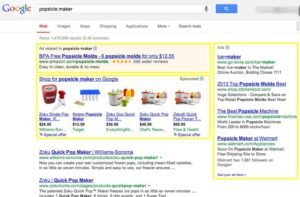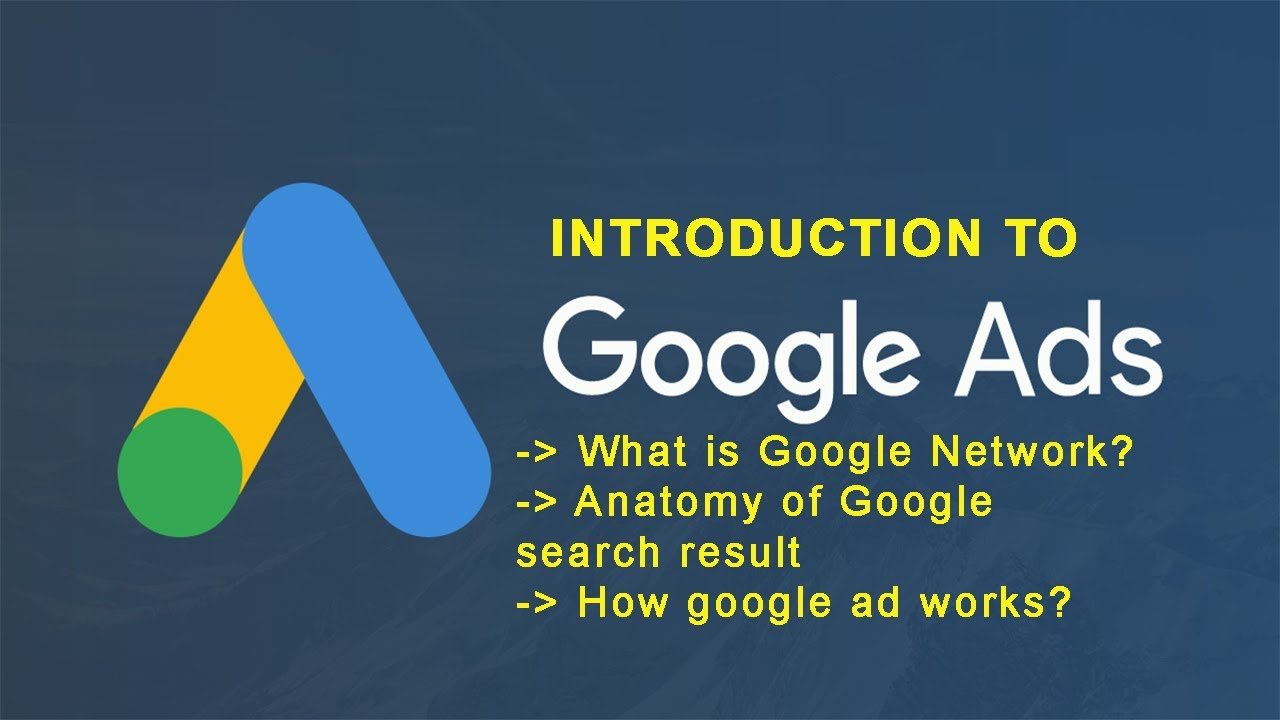Introduction
o que são impressões no google ads: In Google Ads, “impressions” refer to the number of times an ad is displayed on a user’s screen, whether on Google Search, Display Network, YouTube, or other partner platforms. An impression is counted each time an ad appears, regardless of whether it is clicked. Understanding impressions is critical for advertisers because they indicate the reach and visibility of a campaign. However, misinterpreting or mismanaging impressions can lead to ineffective campaigns, wasted budgets, and missed opportunities. This guide breaks down the concept of impressions, identifies common issues, explains the consequences of neglecting them, and provides actionable steps to optimize impressions for better campaign performance.
Breaking Down the Problem: Components of Impressions
-
Definition and Measurement:
-
An impression occurs when an ad is shown to a user, even if they don’t interact with it.
-
Impressions are tracked in the Google Ads dashboard under the “Impressions” column.
-
-
Factors Influencing Impressions:
-
Keywords and match types
-
Bidding strategy and budget
-
Targeting settings (geographic, demographic, audience)
-
Ad quality and relevance (Quality Score)
-
Ad status (approved, paused, or disapproved)
-
Competition for keywords
-
-
Metrics Related to Impressions:
-
Click-Through Rate (CTR)
-
Cost-Per-Click (CPC)
Common Causes of Impression-Related Issues
-
Low bids or budget
-
Poor keyword selection
-
Low Quality Score
-
Narrow targeting
-
Ad disapprovals or policy violations
-
High competition
-
Improper campaign settings
Consequences of Not Addressing Impression Issues
-
Reduced visibility
-
Wasted budget
-
Lower conversion rates
-
Lost market share
-
Missed opportunities for optimization
Actionable Step-by-Step Instructions
Step 1: Assess Current Impression Performance
-
Log in to Google Ads and check “Impressions” and “Impression Share” in the Campaigns tab.
-
Use Google Ads or Google Analytics for detailed reports.
-
Identify campaigns with low impression share (e.g., <50%).
Step 2: Review and Refine Keywords
-
Analyze the Search Terms Report in the Keywords tab.
-
Add relevant, high-volume keywords and use phrase/exact match types.
-
Add negative keywords to exclude irrelevant searches.
-
Tools: Google Keyword Planner, SEMrush.
Step 3: Optimize Bidding and Budget
-
Review bidding strategy in Campaign Settings.
-
Increase bids for high-performing keywords or adjust budgets to avoid “limited by budget” status.
-
Use Smart Bidding strategies like Maximize Conversions.
-
Tools: Google Ads Bid Simulator.
Step 4: Improve Ad Quality and Relevance
-
Check Quality Score in the Keywords tab.
-
Write compelling ad copy with clear CTAs and optimize landing pages for speed and relevance.
-
Use ad extensions (e.g., sitelinks, callouts).
-
Tools: Google Ad Preview and Diagnosis Tool, PageSpeed Insights.
Step 5: Expand and Refine Targeting
-
Adjust geographic, demographic, or audience settings in the Audiences tab.
-
Test in-market audiences or remarketing lists.
-
Tools: Google Analytics, Google Trends.
Step 6: Monitor and Address Ad Disapprovals
-
Check for disapproved ads in the Ads & Extensions tab.
-
Edit ads to comply with Google’s policies and resubmit for review.
-
Tools: Google Ads Policy Manager.
Step 7: Analyze and Optimize Impression Share
-
Add “Impression Share” to reports via customized columns.
-
Address low impression share due to budget or rank issues.
-
Tools: Google Ads Auction Insights.
Step 8: Leverage Automation and AI
-
Enable Performance Max or Smart Bidding for optimized impressions.
-
Use Google Ads Recommendations for AI-driven suggestions.
Real-World Examples
-
Local Restaurant: Increased impressions from 500 to 2,000 weekly by refining keywords and targeting.
-
E-Commerce Brand: Doubled impressions by improving Quality Score from 3/10 to 7/10.
-
NP Digital Case Study: Adobe XD Ideas saw 25,200 download starts by optimizing impressions and keywords.
Preventing Similar Issues

-
Monitor performance weekly.
-
Stay updated on Google Ads policies.
-
Test ad copy regularly.
-
Use Google Analytics for audience insights.
-
Pursue Google Ads certifications via Skillshop.
-
Leverage tools like SEMrush or AgencyAnalytics.
Next Steps and Call to Action
-
Audit your Google Ads account today.
-
Implement one change, like adding negative keywords.
-
Schedule weekly performance reviews.
-
Visit Google Ads Help Center or hire a certified professional. Call to Action: Act now to boost your campaign visibility and conversions with optimized impressions!
